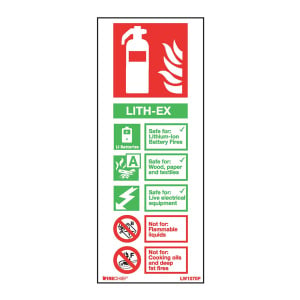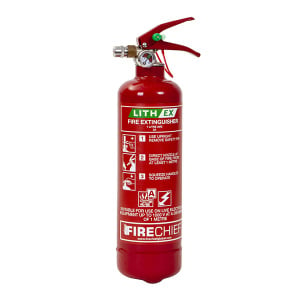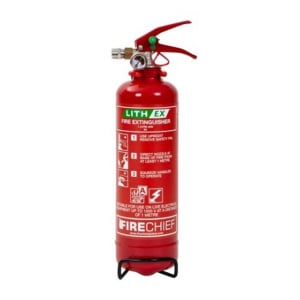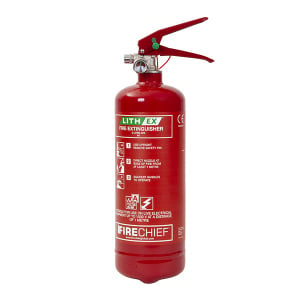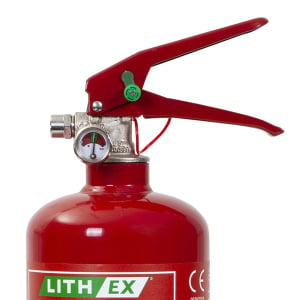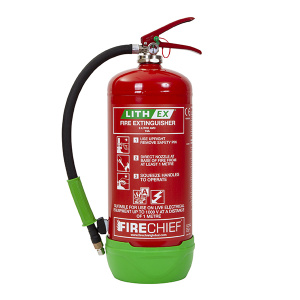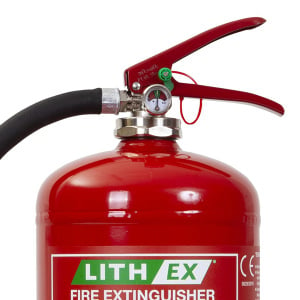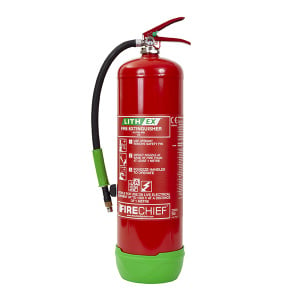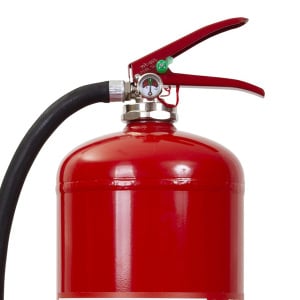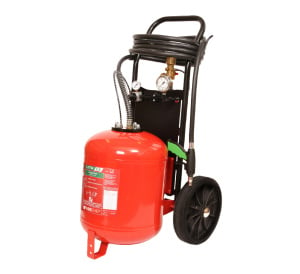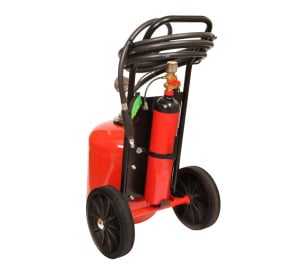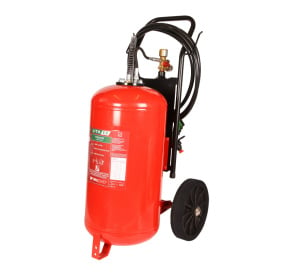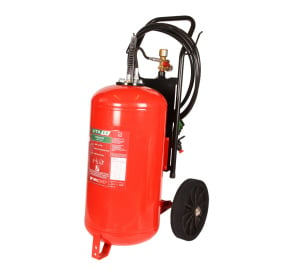This website uses cookies to ensure you get the best experience on our website. Read our cookie policy
Li-Ion Battery Fire Extinguishers
The following fire extinguishers are specifically designed for use on lithium-ion battery fires which are not the same as standard lithium batteries (use a Class D L2 Powder Extinguisher on standard lithium battery fires).
The dangers of lithium-ion battery fires are with the electrolyte solution in the batteries rather than the lithium salts they contain. Each battery utilises a different electrolyte solution but many contain fluoride which becomes the highly toxic gas hydrogen fluoride (HF) when vapourised.
Lithium-ion battery fires can often build in intensity as they burn (a process known as thermal runaway) and will easily re-ignite if not tackled with a suitable solution.
- Firechief 1 Litre Lith-Ex Fire Extinguisher (FLE1)100-1576
> For lithium-ion battery fires
> 5-year Manufacturer's Warranty
> Enviro-friendly & non-toxic£87.29 £72.74 As low as £83.26 - Firechief 2 Litre Lith-Ex Fire Extinguisher (FLE2)100-1577
> For lithium-ion battery fires
> 5-year Manufacturer's Warranty
> Enviro-friendly & non-toxic£134.69 £112.24 As low as £128.47 - Firechief 6 Litre Lith-Ex Fire Extinguisher (FLE6)100-1578
> For lithium-ion battery fires
> 5-year Manufacturer's Warranty
> Enviro-friendly & non-toxic£353.60 £294.67 As low as £337.28 - Firechief 9 Litre Lith-Ex Fire Extinguisher (FLE9)100-1579
> For lithium-ion battery fires
> 5-year Manufacturer's Warranty
> Enviro-friendly & non-toxic£489.58 £407.98 As low as £466.98 - Firechief 25 Litre Lith-Ex Fire Extinguisher (FLE25)100-1649
> For lithium-ion battery fires
> 5-year Manufacturer's Warranty
> Enviro-friendly & non-toxic£3,853.15 £3,210.96 As low as £3,675.31 - Firechief 50 Litre Lith-Ex Fire Extinguisher (FLE50)100-1648
> For lithium-ion battery fires
> 5-year Manufacturer's Warranty
> Enviro-friendly & non-toxic£4,786.86 £3,989.05 As low as £4,565.93

























































